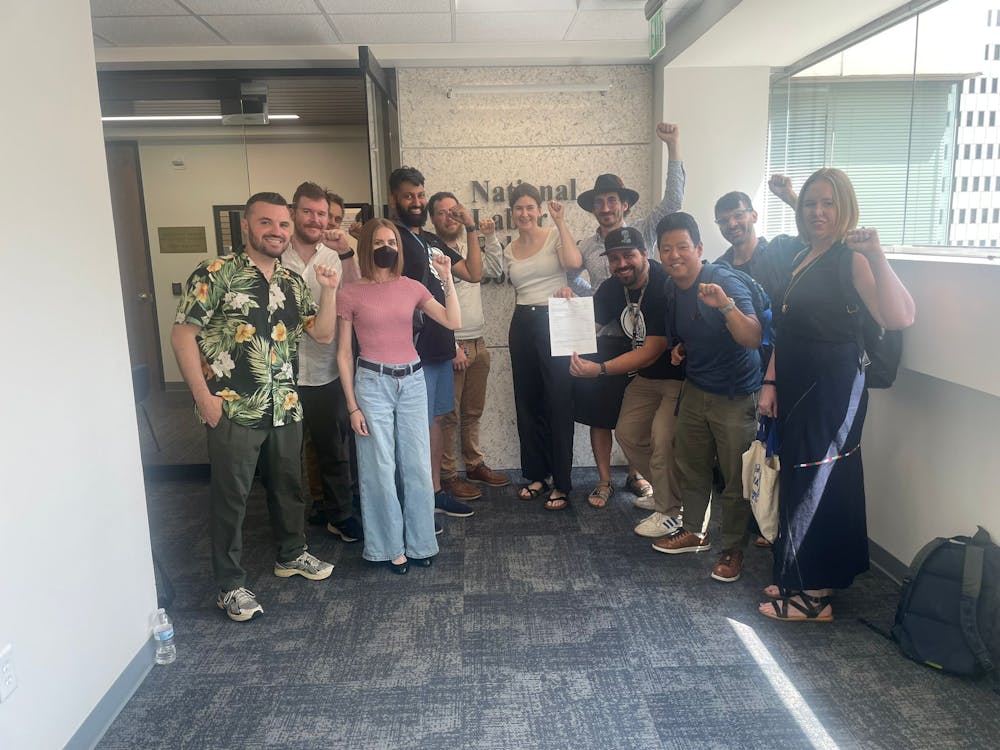Following its world premiere in 2012, Terrence Malick’s film, To the Wonder, opened in American theaters on April 12, 2013. While the film showcases Malick’s Ability to create cohesion through visual poetry and sensitive touch for humanity, there are other, more polarizing elements that require audiences’ patience.
This is a movie with little plot, sparse and confusing dialogue, cryptic narration, an unclear sense of time and unnecessary elements that clutter the film. In spite of these objections and the film’s slow pace, To the Wonder delivered more than its slow beginning promised. It revealed characters’ most poetic elements.
To the Wonder stars Ben Affleck, Rachel McAdams, Javier Bardem, Olga Kurylenko, and Charles Baker. Affleck plays Neil, a man with very subtle commitment issues. Kurylenko plays his French girlfriend, Marina, who leaves him and eventually returns. McAdams plays Jane, the girlfriend in between Kurylenko’s departure and return. Lastly, Javier Bardem comfortably plays Father Quintana, the local priest. We get to know these characters sometimes through narration, seldom through dialogue, and mostly through visuals.
If Malick was not a film director, he would be a poet because this film is one long poem, which speaks to Malick’s talent and artistry. Unfortunately, that will leave many people wanting for something that either is not there or is undetectable.
The poetic nature of To the Wonder might appear cryptic, inaccessible, and unrelatable, especially compared to some of Malick’s other films. There are moments towards the beginning that feel detached. Many viewers will surely see the film and hesitate to care for the characters.
Perhaps the audience is too accustomed to a certain kind of storytelling, certain kinds of characters, certain themes and a certain pace. Even more importantly, this film is of the highest order. Malick’s love for images, humanity, and cinema is palpable. However, to end the discussion there would be wrong.
The film begs the more pressing questions: What is its purpose, or what is the purpose of the artist in general? Should the artist make art for himself, the viewer, or art’s sake? Malick was unfiltered and unrestrained in directing To the Wonder. He certainly succeeded in producing a rewarding and challenging film. It cannot be explained, digested, or even enjoyed, but a patient audience will find that its core is about feeling and understanding the lives and souls of its characters on a level beyond words.
If people can experience To the Wonder in the way the film intends, it could be one of the better films of the year. Although it requires concentration and might initially seem unclear, this film is worth seeing. It feels long at times, but it only runs about 105 minutes.
Malick’s craft is unique. To the Wonder features an inherent humanity, the likes of which only he could create. Audiences are bound to continue thinking about the film long after its conclusion.




